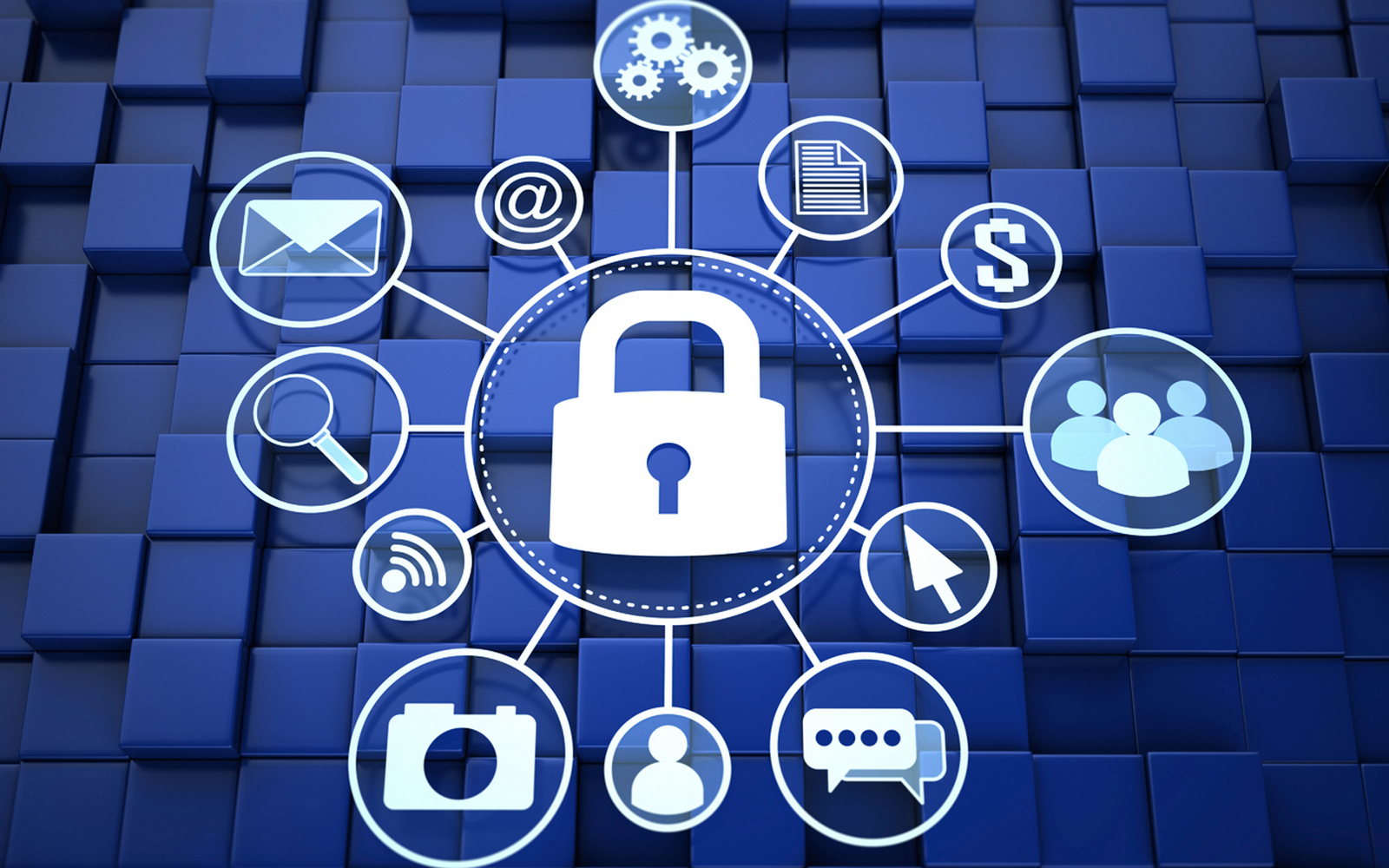Why is threat protection, like how is internet protected from the attackers, what's the technology?
In an increasingly digital world, where our lives are intertwined with the internet, the importance of threat protection cannot be overstated. Cyber threats are constantly evolving, and as technology advances, so do the tactics used by attackers.
What is Threat Protection?
Threat protection refers to a range of security measures and technologies designed to defend computers, networks, and online systems from malicious attacks. These attacks can come in many forms, including malware, phishing schemes, ransomware, and more. The primary goal of threat protection is to prevent unauthorized access to sensitive data and ensure the integrity of online systems.
Why is Threat Protection Necessary?

The necessity for threat protection arises from the increasing number of cyber threats that target individuals and organizations alike. Here are some key reasons why threat protection is essential:
-Data Breaches: Cybercriminals often aim to steal sensitive information, such as personal data or financial details. Effective threat protection helps prevent these breaches.
-Financial Loss: Organizations can suffer significant financial losses due to cyberattacks. This includes direct costs from theft and indirect costs related to recovery efforts and reputational damage.
-Operational Disruption: Cyberattacks can disrupt business operations, leading to downtime and loss of productivity. Threat protection helps maintain business continuity.
-Regulatory Compliance: Many industries are subject to regulations that require them to implement specific cybersecurity measures. Threat protection ensures compliance with these regulations.
How is the Internet Protected?

The internet employs a multi-layered approach to security that combines various technologies and strategies. Here are some of the key components involved in protecting the internet:
1. Firewalls
Firewalls act as barriers between trusted internal networks and untrusted external networks (like the internet). They monitor incoming and outgoing traffic based on predetermined security rules. By filtering out potentially harmful data packets, firewalls help prevent unauthorized access to networks.
2. Intrusion Detection Systems (IDS) and Intrusion Prevention Systems (IPS)
IDS monitors network traffic for suspicious activities or policy violations. When a potential threat is detected, it alerts administrators for further investigation. IPS goes a step further by actively blocking or preventing detected threats in real-time.
3. Antivirus and Anti-Malware Solutions
These tools scan systems for malicious software (malware) and remove it before it can cause harm. Traditional antivirus solutions focus on known threats, while modern anti-malware programs utilize advanced techniques to detect new and evolving threats.
4. Web Threat Protection
Web threat protection specifically targets threats originating from the internet. It scans web traffic in real-time to identify malicious activities such as phishing attempts or malware downloads. This technology blocks or quarantines identified threats before they can infect a system.
5. Encryption
Encryption protects data by converting it into a code that can only be deciphered with a specific key or password. This ensures that even if data is intercepted during transmission, it remains unreadable to unauthorized parties.
6. Multi-Factor Authentication (MFA)
MFA adds an extra layer of security by requiring users to provide two or more verification methods before accessing an account. This could include something they know (password), something they have (a smartphone), or something they are (biometric data). MFA significantly reduces the risk of unauthorized access.
7. Artificial Intelligence (AI) and Machine Learning (ML)
AI and ML technologies analyze vast amounts of data to identify patterns indicative of potential threats. They can adaptively learn from new data, allowing them to detect emerging threats more effectively than traditional methods.
Types of Cyber Threats
Understanding the types of cyber threats is crucial for effective threat protection:
-Phishing Attacks: Cybercriminals use deceptive emails or messages to trick individuals into revealing sensitive information.
-Ransomware: This type of malware encrypts files on a victim's system, demanding payment for decryption keys.
-Malware: Malicious software designed to harm or exploit any programmable device or network.
-DDoS Attacks: Distributed Denial of Service attacks overwhelm a network or service with traffic, causing it to become unavailable.
The Role of Education in Threat Protection
While technology plays a significant role in safeguarding the internet, user awareness is equally important. Educating individuals about safe browsing habits, recognizing phishing attempts, and understanding the importance of strong passwords can significantly enhance overall security.
Threat protection is a vital component of our digital lives, ensuring that we can navigate the internet safely and securely. By employing a combination of technologies such as firewalls, intrusion detection systems, antivirus software, encryption methods, and user education, we can create a robust defense against cyber threats. As technology continues to evolve, so too must our approaches to protecting ourselves online—adapting to new challenges while remaining vigilant in our efforts to safeguard our digital presence.
